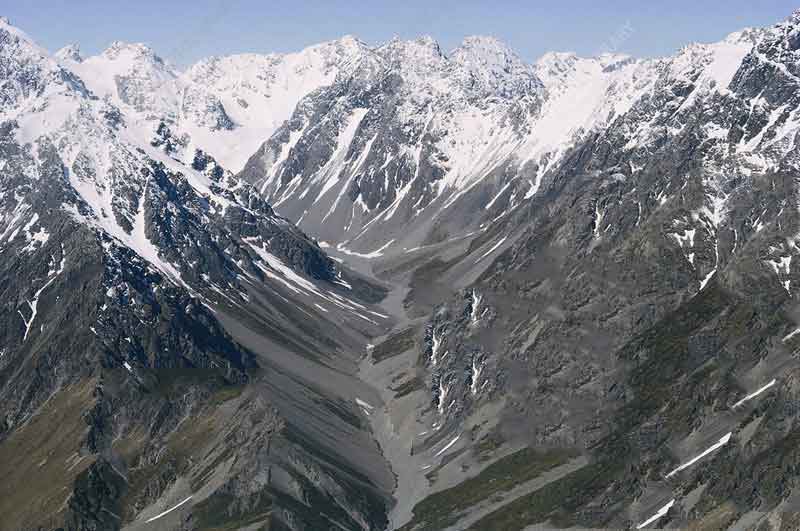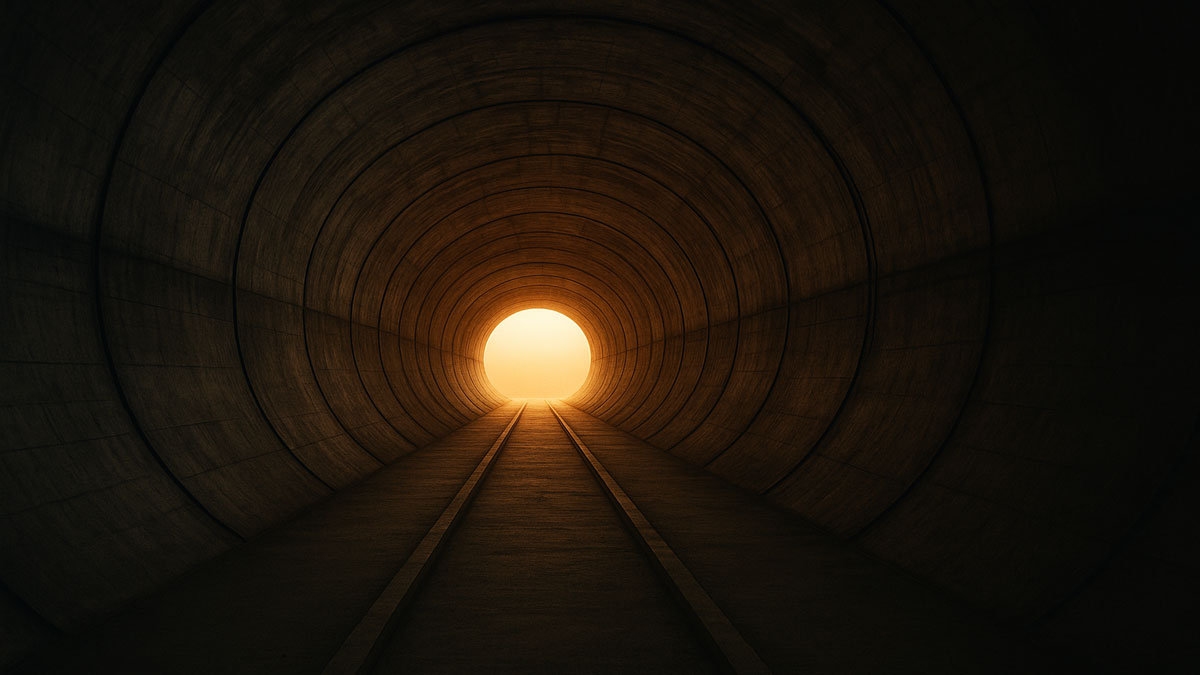Glacier is a large body of snow and ice that gradually shifts across the landscape, moving away from where it initially gathered.
Formation of Glacier:
- Abundant snowfall
- Very cold temperature.
- Sufficiently low rent of summer melting and evaporation.
If these three conditions are fulfilled, snow fields may accumulate on plains, plateaus, or mountains.
Effects of Glaciation:
- Soil distribution
- Groundwater distribution
- Sea level changes
- Pleistocene lakes
- Isostatic rebound
- Drainage patterns.
Types of Glaciers:
There are four types of glaciers.
- Ice Caps
- Valley Glaciers
- Pied Mond Glaciers
- Continental Glaciers
Ice Caps:

A dome-like formation of glacial ice and year-round snow that entirely envelops a mountainous region or island with a surface area of less than 50,000 square kilometers.
Example- Iceland, Canadian Arctic.
Ice Field:
A steady build-up of snow and glacier ice gradually fills a mountain basin or blankets a low-relief mountain plateau to considerable depths. Once the thickness reaches a significant level, large tongues of ice spill over the basins or plateaus, forming what we know as Valley Glaciers.
Ice shelves:
Many refer to floating sections of ice sheets as ice shelves. A notable example is found in Greenland and Ellesmere Island, both of which host numerous ice shelves.
Ice streams:
Fast-moving ice channels are flanked by slower-moving ice, reaching speeds of several kilometers per year. These channels feature a slick bed, sediments, subglacial troughs, and pathways for meltwater below the ice.
Valley Glaciers:

When an outlet glacier separates from an icefield and begins to slide away, it may form what’s known as a valley glacier. However, valley glaciers can also originate independently. They usually begin high in a mountain range, flowing through the steep V-shaped crevices between two peaks, often following routes from ancient rivers.
The carving action of these glaciers typically results in U-shaped valleys. A prime example of this is Yosemite Valley, renowned for its steep walls and flat floor, shaped by an ancient glacier’s relentless movement.
Piedmont glacier:

A fan or lobe-shaped glacier sits at the forefront of a mountain range. It forms when one or more valley glaciers spill out from a tight valley and spread onto a flat plain. The Malaspina Glacier, which stretches an impressive 30 miles wide, is the largest glacier in Alaska.
Continental glaciers:

Continental glaciers form where conditions are ideal for ice buildup, particularly in high-latitude regions. These glaciers are characterized by a considerable thickness at their center, tapering off toward the edges. Notably, they dwarf alpine glaciers in size, with approximately 96% of all glacial coverage found in the ice sheets of Antarctica and Greenland.
In a continental glacier, ice and ice caps flow outward and downward in all directions, moving from the thicker central region to the thinner peripheries. The accumulation zone is at the center, while the ablation zone encircles it.
Glacier movement:
Glaciers flow downhill due to gravity caused by their weight. The speed of a glacier depends on its thickness, temperature, bedrock, and slope. Movement occurs by one or a combination of three processes:
Internal deformation: Glaciers contain ice crystals, and glacial movement occurs when sliding occurs within or between the ice crystals. The base experiences the highest pressure and the most significant deformation.
Basal sliding: This is where the glacier slides down the rocky base. There are three types of basal
sliding: basal slide, reinforced basal slide, and rejuvenated slide.
Bed deformation is movement caused by the deformation of the soft sediments and weak rocks beneath the glacier.






